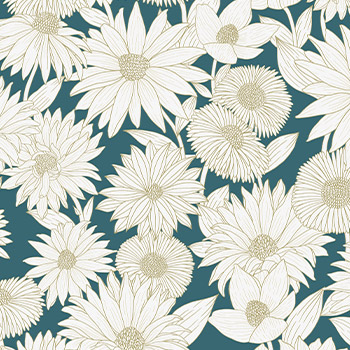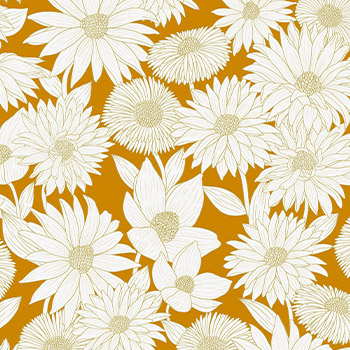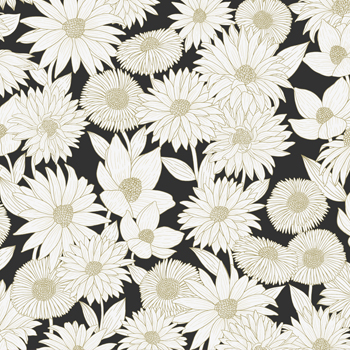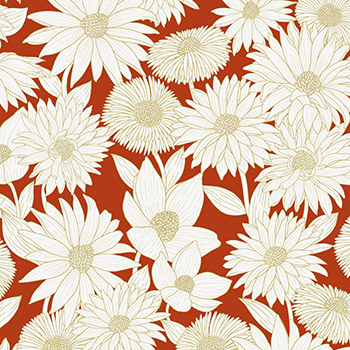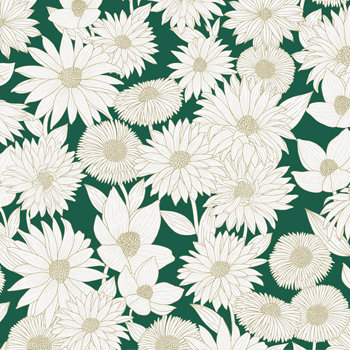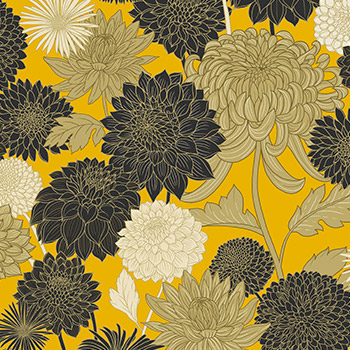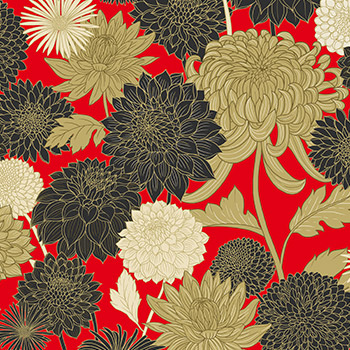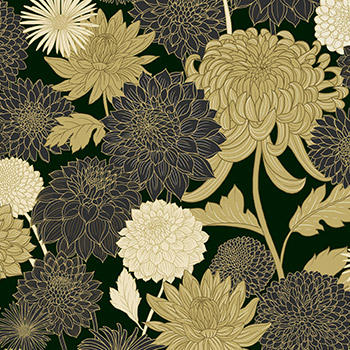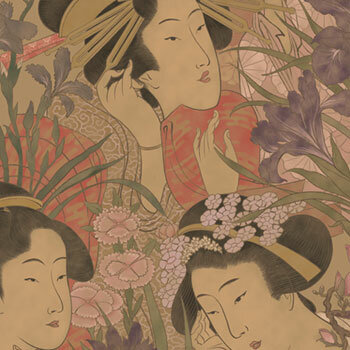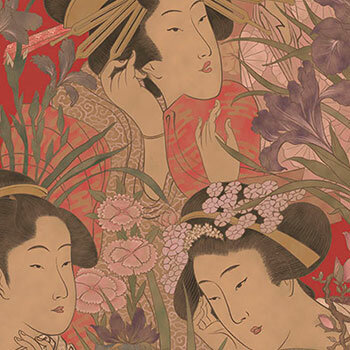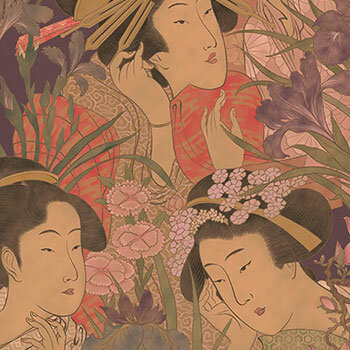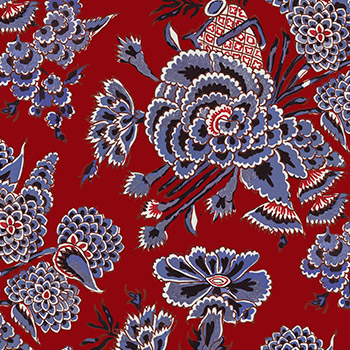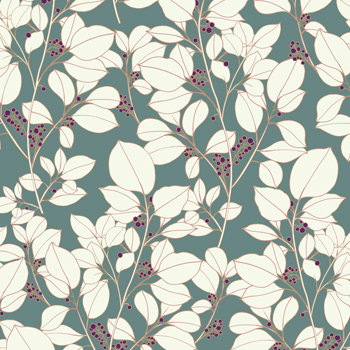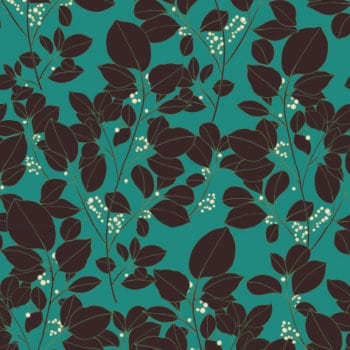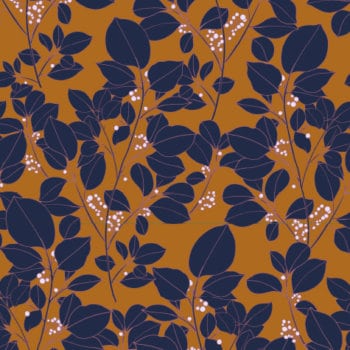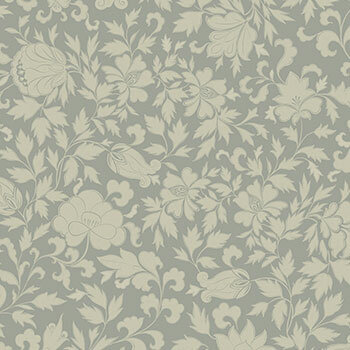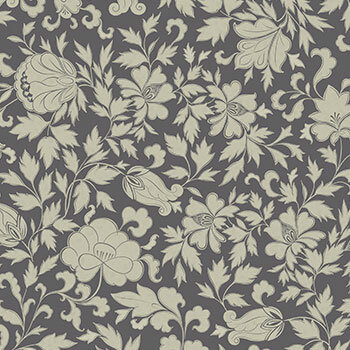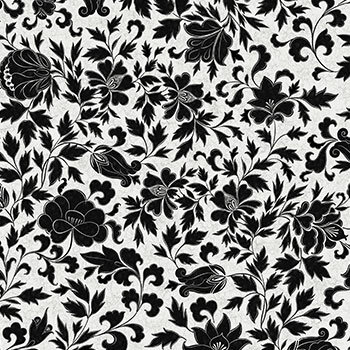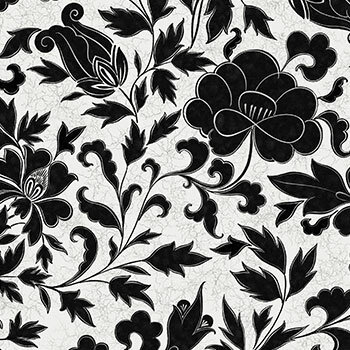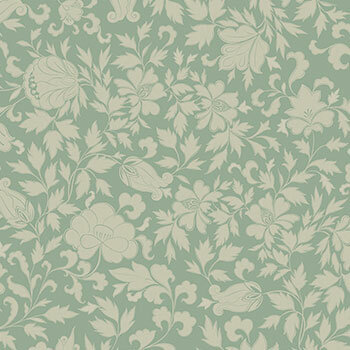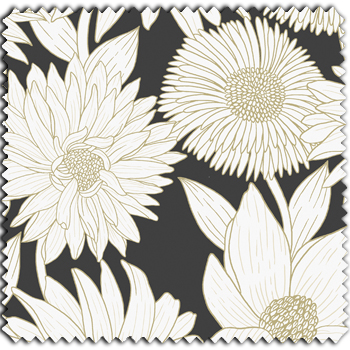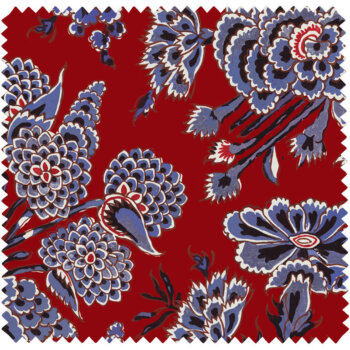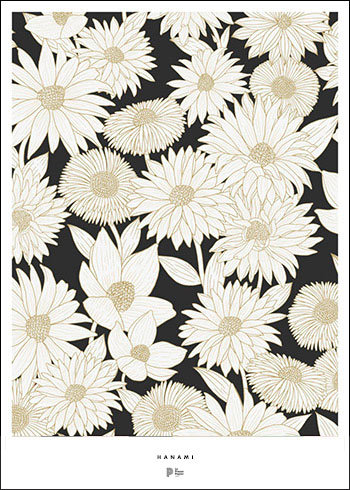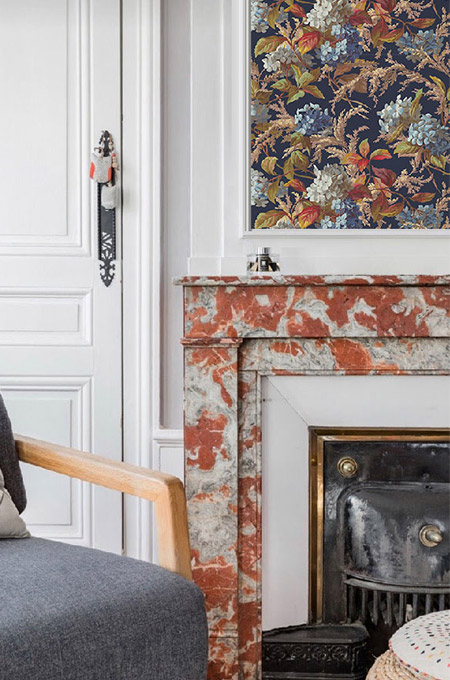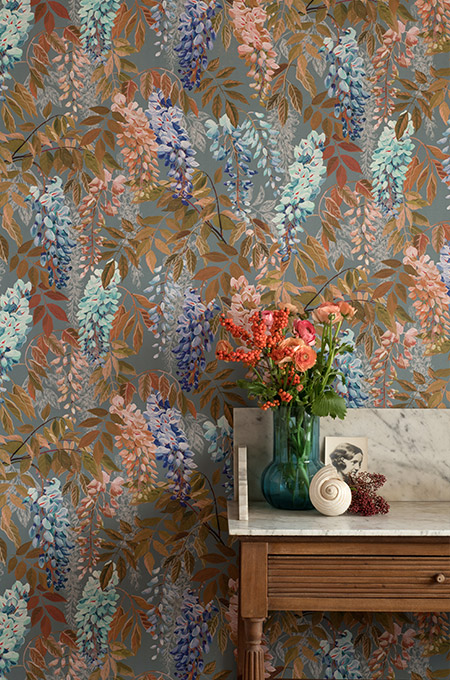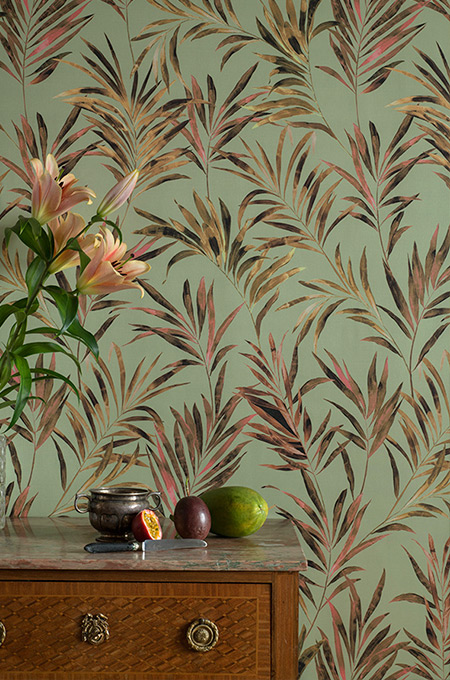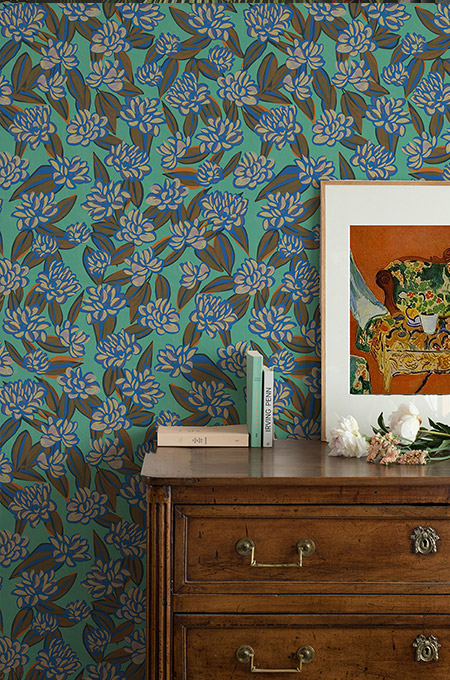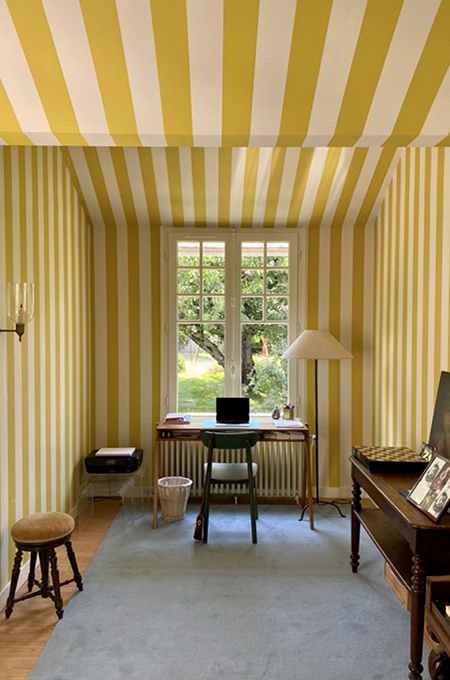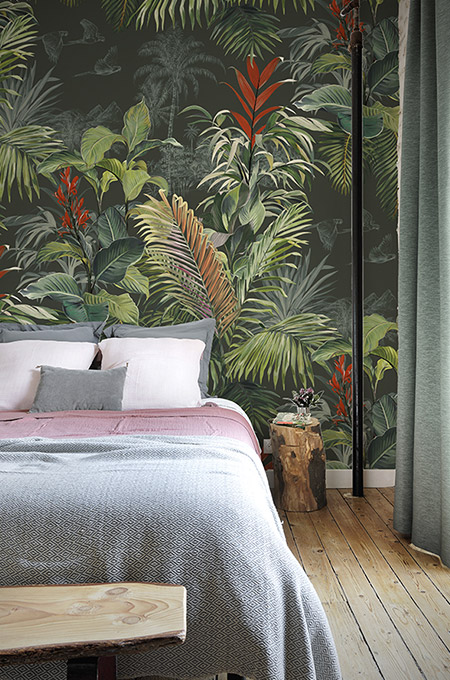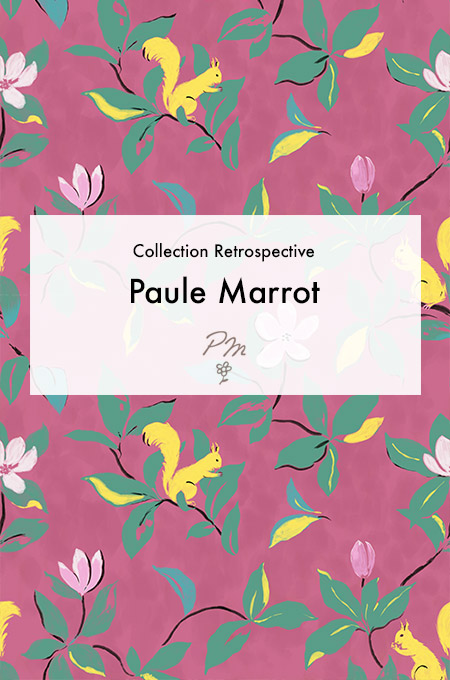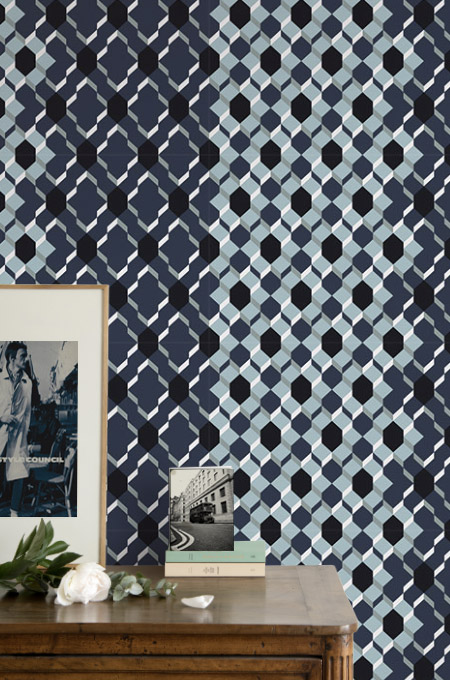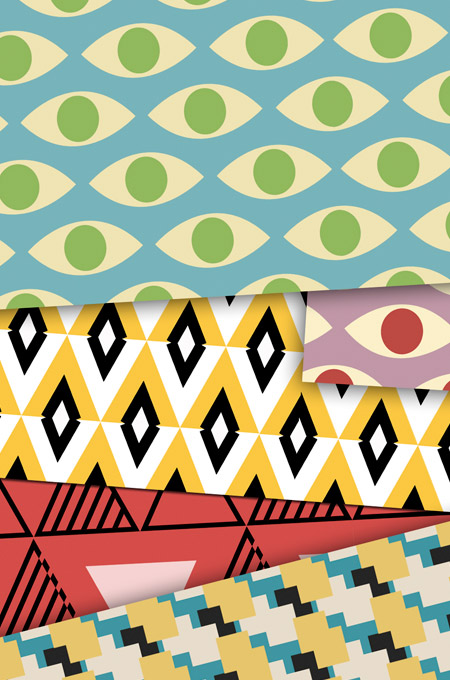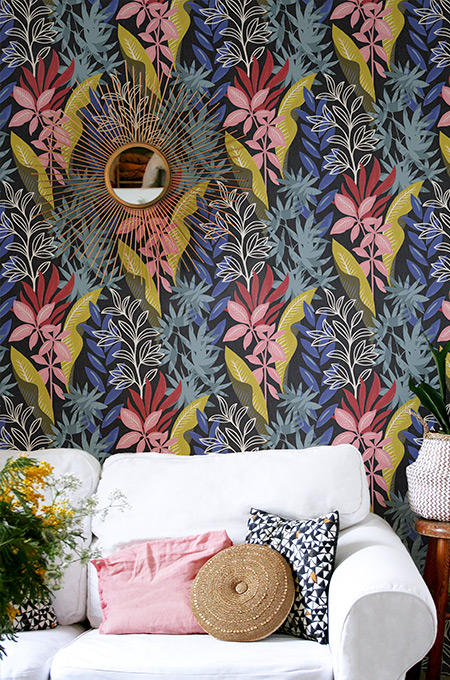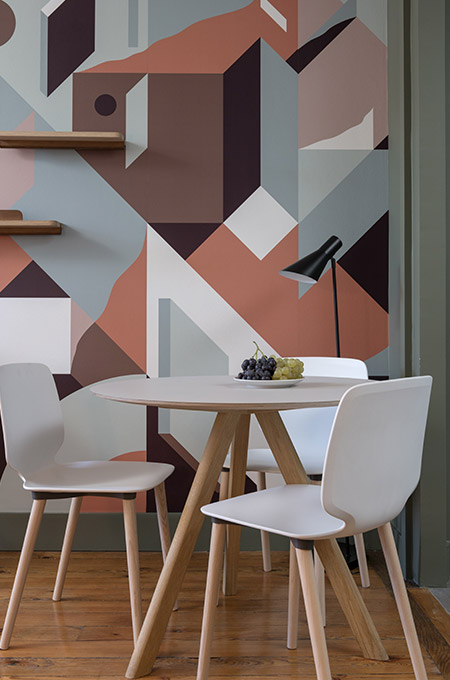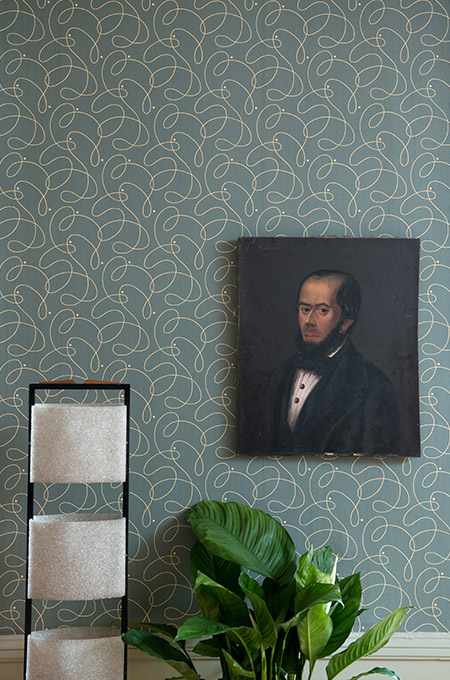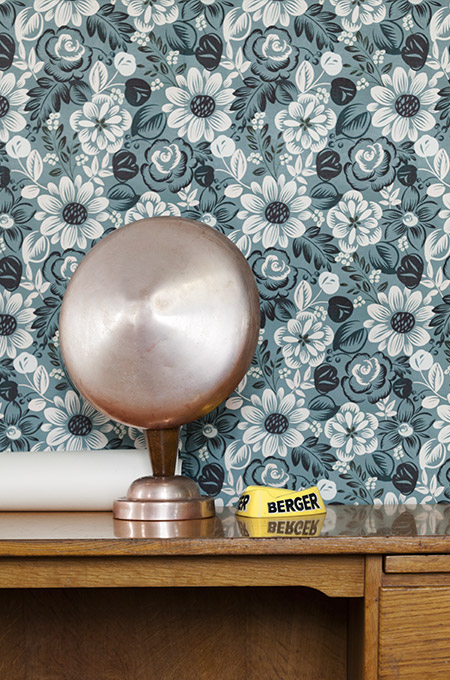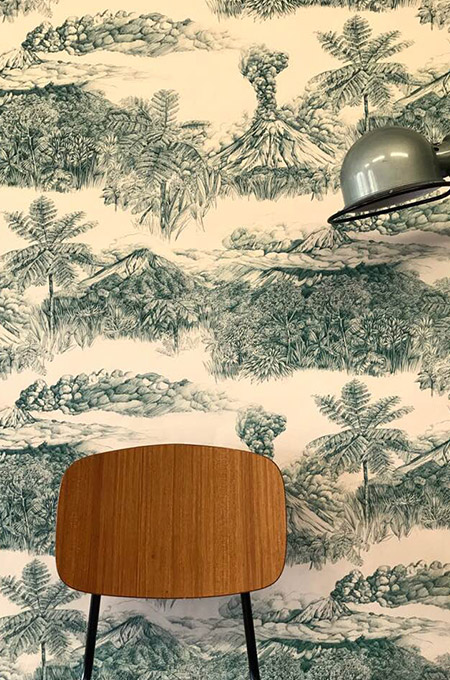Japanese Textile & Wallpaper
The craze for exoticism : Japan leaves its mark on all forms of art in the Western world
The influence of Japanese culture on French and Western artists was particularly significant in the second half of the 19th century, although porcelain and lacquerware were appreciated from the 17th century.
Period of commercial opening to the West, the 19th allowed the arrival of new objects in the visual landscape such as fans, screens, textiles... Subsequently, prints, particularly ukiyo-e, known as "images du monde flottant", come through their characteristics (lack of perspective, compartmentalized shapes and dazzling colors) to overturn the Western artistic vision.
In France, it was during the Universal Exhibition of 1867 that we discovered the pavilion dedicated to Japan and its thousands of artistic, artisanal and industrial objects.
The taste for Asian culture is gradually reaching the general public through the collections of Emile Guimet, Lyon business man and great art lover, founder of the Natural History Museum in Lyon in 1879. His collections today make up partly those of the Musée des Confluences and the entirety of the National Museum of Asian Arts (Paris) and continue to influence our work.
Le Presse Papier thus contributes to perpetuate a dreamlike vision of Japan, its customs such as Hanami, or its aesthetic universe resulting from prints.

